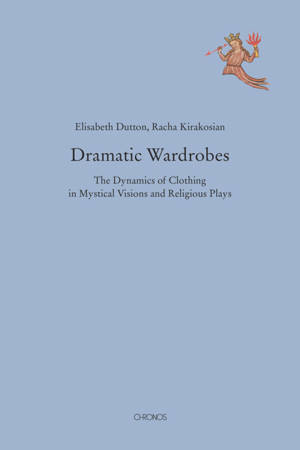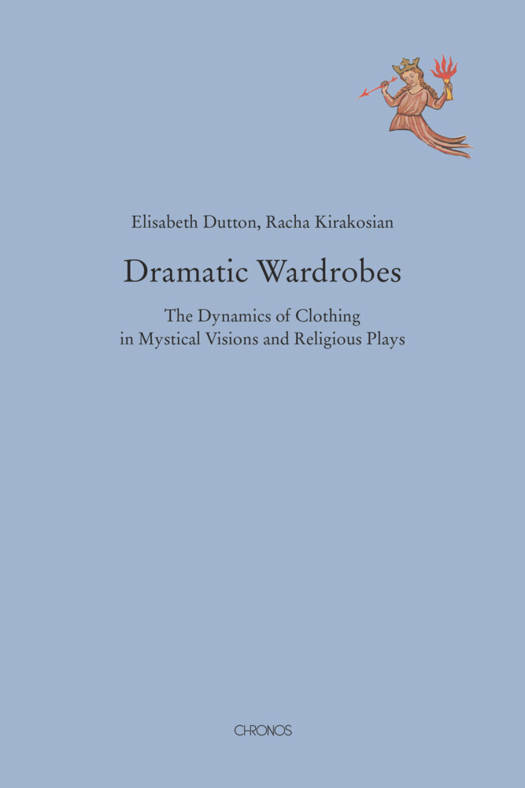
- Afhalen na 1 uur in een winkel met voorraad
- Gratis thuislevering in België vanaf € 30
- Ruim aanbod met 7 miljoen producten
- Afhalen na 1 uur in een winkel met voorraad
- Gratis thuislevering in België vanaf € 30
- Ruim aanbod met 7 miljoen producten
Zoeken
Omschrijving
Drawing together well-known and less familiar works from English and German writers, and focusing on references to clothing, Dutton and Kirakosian argue for important connections between medieval visions and medieval plays. Reading across genres and languages, with particular attention on writing by women and on the figure of Mary Magdalen, the authors explore the dynamic power of clothing as a catalyst for imaginative processes in writers, readers and spectators alike.The authors draw connections between visions and plays that may be, initially, surprising, given the social nature of theatre that contrasts with the intensely personal and subjective nature of the visionary experience. While an audience provides collective witness to a play, the visionary, almost by definition, sees something that others do not: the visionary makes an audience of one for a drama presented - at least according to the believer - by God. By contrast, in the visionary text the visionary seeks to re-present her vision, in literary form, for a wider audience of readers, and to stir their belief in it. Julian of Norwich writes for all her 'even-christians' an account of the 'Revelation of Love' that God gave her in 'sixteen shewinges': her visionary text may thus be compared with, for example, the Easter play from Redentin that creates for its spectator a 'series of beautiful devotional images' (gar meng schön andächtig figur) that should each be contemplated by the viewer as a 'showing' (zeigen). While the play text may be predominantly pragmatic, and the visionary text descriptive, in both genres the act of seeing is to the fore - and clothing, as the authors show, is particularly richly 'seen'.
Specificaties
Betrokkenen
- Auteur(s):
- Uitgeverij:
Inhoud
- Aantal bladzijden:
- 120
- Taal:
- Duits
- Reeks:
Eigenschappen
- Productcode (EAN):
- 9783034017299
- Verschijningsdatum:
- 23/10/2023
- Uitvoering:
- Hardcover
- Afmetingen:
- 130 mm x 10 mm
- Gewicht:
- 196 g

Alleen bij Standaard Boekhandel
+ 29 punten op je klantenkaart van Standaard Boekhandel
Beoordelingen
We publiceren alleen reviews die voldoen aan de voorwaarden voor reviews. Bekijk onze voorwaarden voor reviews.











